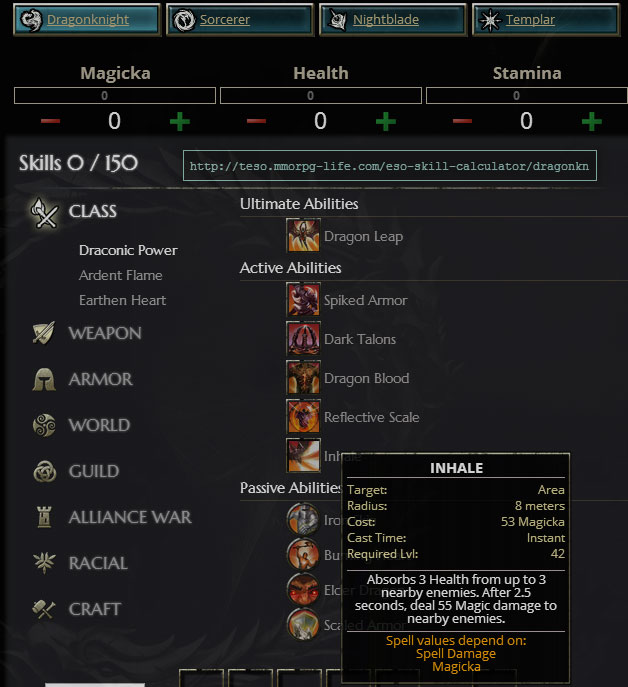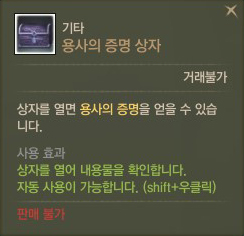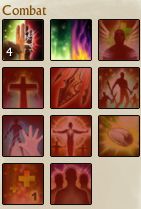

It's not like there are you know 64 different versions of. There isn't as much variance between the 64 classes as you might expect. – Steven Sharif We're not really talking about 64 true classes, we're talking about eight classes with 64 variants.

Įven though augments do radically change the way your active skills provide you abilities, there's still a primary focus on the base archetype itself and not the 64 whole classes. Balancing of augments relates to the four augment groups for each of the eight archetypes.

Ĭlass progression does not relate to a player's artisan progression. A blink augment could be applied to the rush skill, which would now teleport the player to the target thus eliminating the charge time on the skill. Fighters have a Rush skill that allows them to rush towards a target and upon reaching the target, deal an amount damage with a chance to knock the target down. This combination opens up augments that can be applied to skills in their primary skill tree. If a Fighter were to choose Mage as a secondary archetype, the fighter would become a Spellsword. Augments to primary skills can fundamentally change the way the ability works - adapting what the ability once did to incorporate the identity of the secondary archetype/class.This is an example of horizontal progression. Each skill in the primary tree will have several augment options from the secondary tree.The player can then augment their primary skills with effects from their secondary archetype.Secondary archetypes may be changed, but not "on-the-fly".The secondary archetype does not provide additional skills.The combination of primary and secondary archetypes is referred to as a class. A player may choose a secondary archetype when they reach level 25.It will not be possible to max all skills in a skill tree.These can be used to level up skills within their skill tree. Players receive skill points as they level.A player cannot change their primary archetype.A player chooses their primary archetype at the start of the game.


 0 kommentar(er)
0 kommentar(er)
